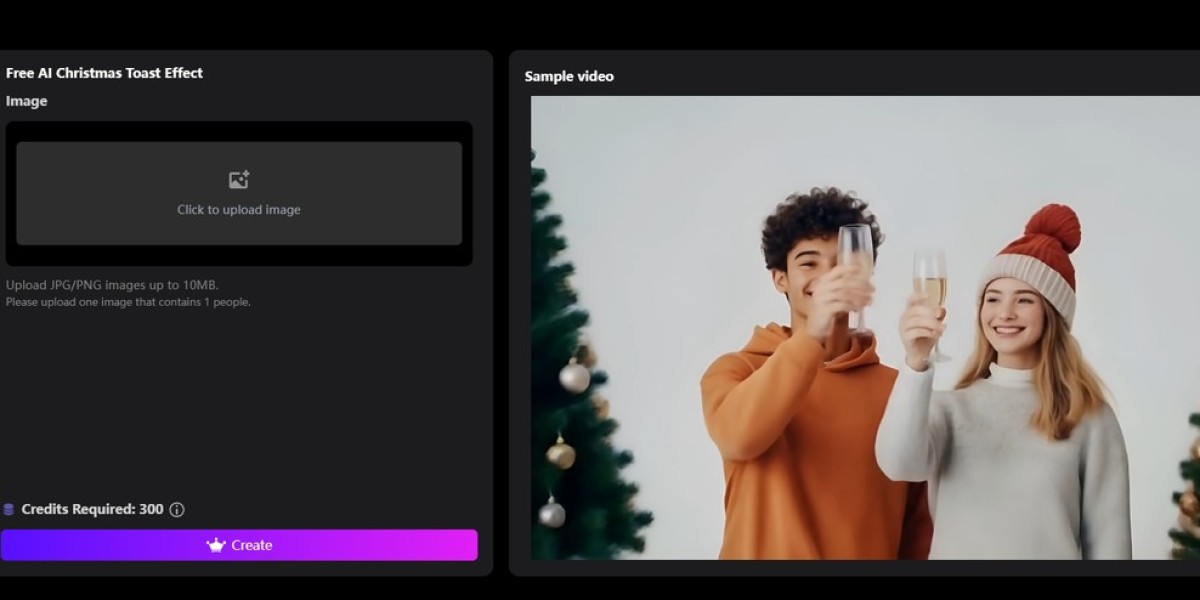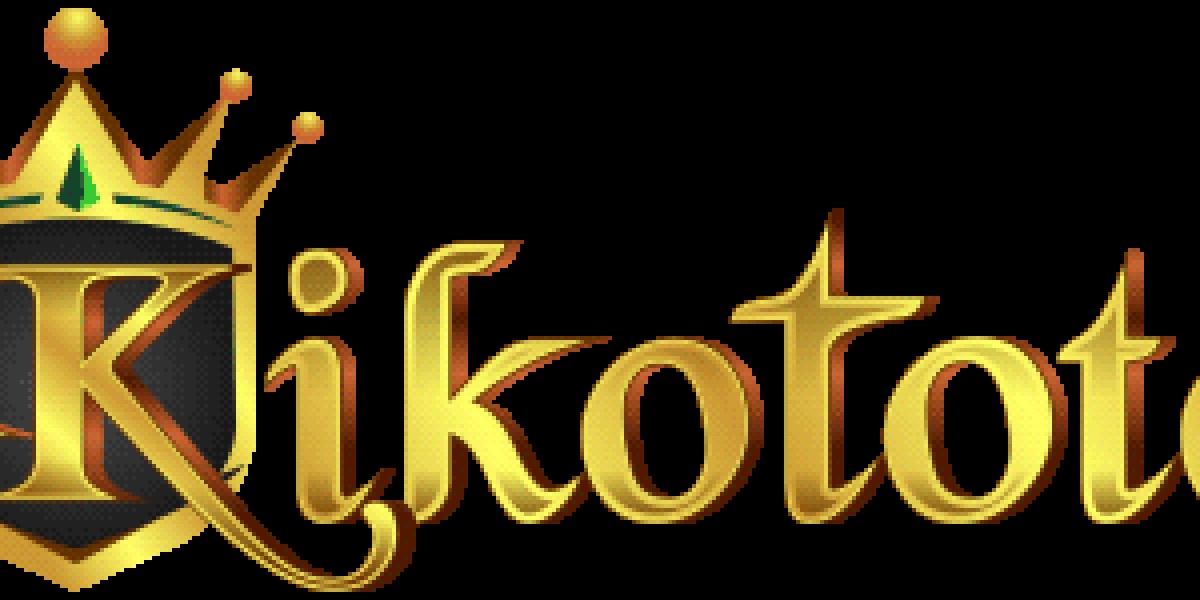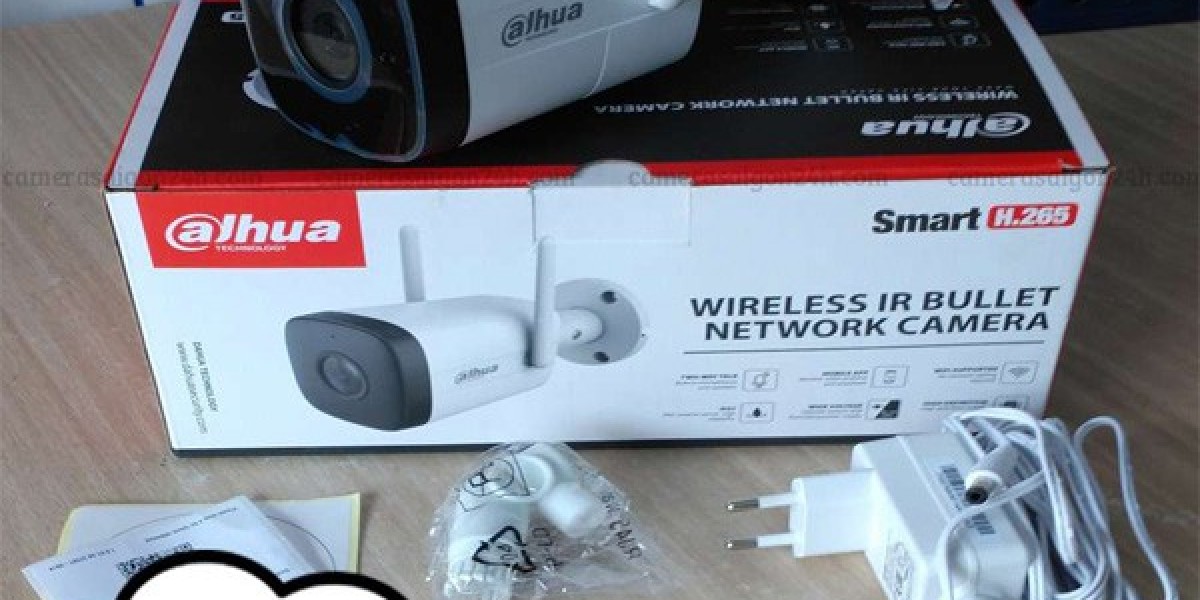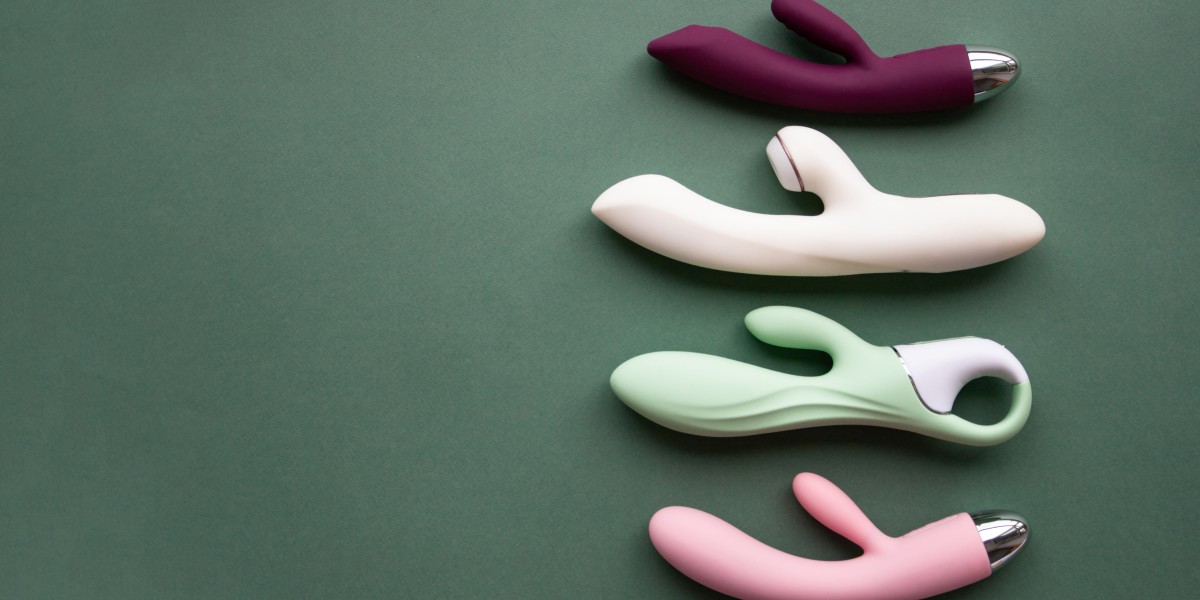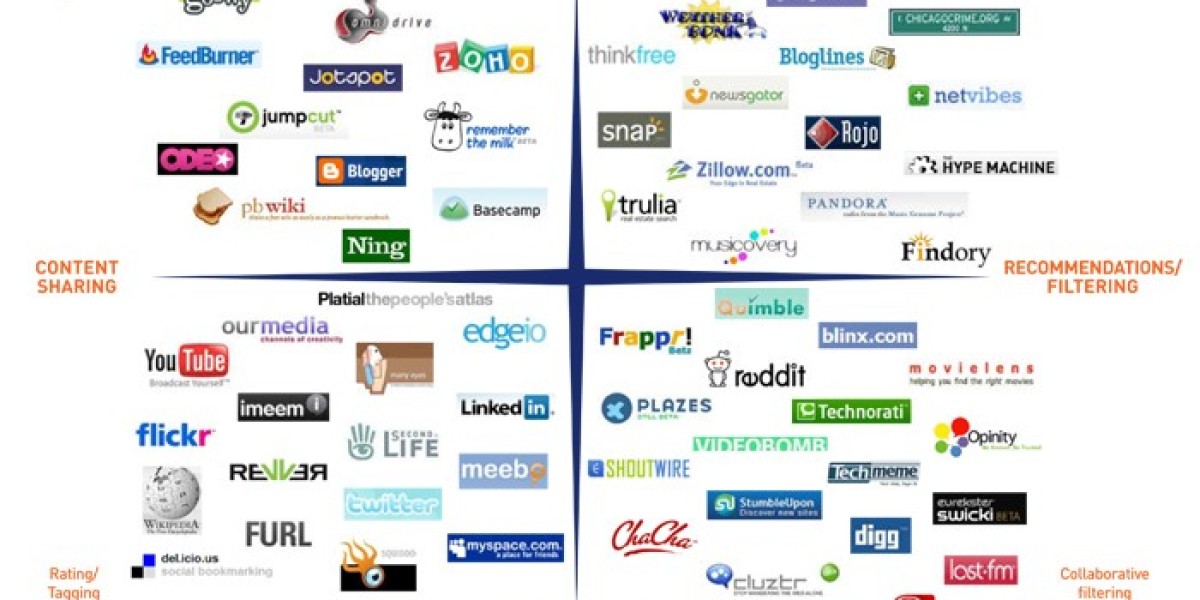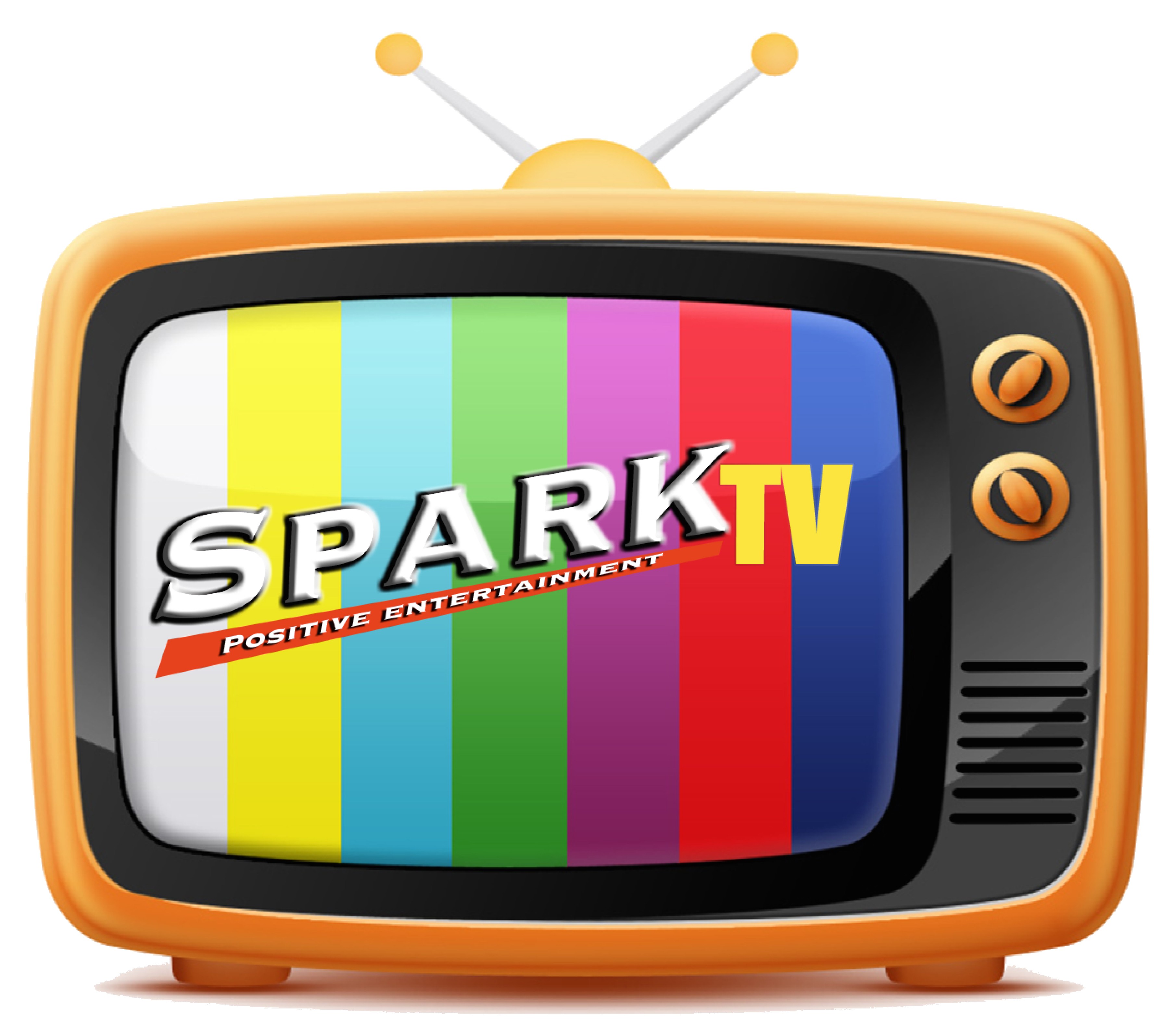The rapid expansion of generative AI technology in the workplace brings with it a host of legal, ethical, and security implications that necessitate thorough evaluation. A primary concern among experts is the transparency around data used to train these models. For instance, the specifics of the training data for models like GPT-4, which powers services such as ChatGPT, remain largely undisclosed.
This opacity includes the handling and storage of user information gathered during interactions, which could present significant legal and compliance challenges for businesses. The risk of sensitive company data being unintentionally disclosed through generative AI interactions is a critical issue. Vaidotas Šedys, Head of Risk Management at Oxylabs, points out, "Individual employees might unintentionally leak sensitive company data or code when using popular generative AI solutions."
Although OpenAI, the developer behind ChatGPT, has taken cautious steps, the specifics of user data management remain cloudy, complicating efforts for organizations that aim to prevent leaks of proprietary information. The constant vigilance required to monitor employee interactions with generative AI can be taxing.
Further complicating matters is the use of incorrect or outdated information by generative AI systems, particularly concerning junior employees who may lack the ability to properly assess the AI's output. This is due to the limitations in the datasets these models use, which require frequent updates to remain accurate. OpenAI acknowledges issues such as factual inaccuracies in GPT-4, which can result in misinformation spread.
These challenges are not limited to singular organizations. Consider how Stack Overflow, a staple for the developer community, temporarily flagged AI-generated content, like that from ChatGPT, for its low accuracy, which risks misleading users.
Legal risks are also notable when engaging with free generative AI tools. GitHub's Copilot faced criticism and legal challenges for using copyrighted code without proper attribution, highlighting potential issues for companies that could inadvertently infringe on third-party rights. Šedys warns of liability risks for companies using AI-generated code that might contain someone else's proprietary information.
While comprehensive employee surveillance may not be plausible, the importance of individual awareness and responsibility cannot be understated. It is vital for industry leaders and organizations to work together to tackle the privacy, accuracy, and legal questions posed by generative AI in the workplace.
To better handle these challenges, raising awareness and educating the workforce on the potential risks of AI solutions is crucial. By doing so, we can foster a collaborative environment to ensure generative AI is used responsibly and to its full potential in enhancing workplace productivity and innovation.
Transitioning from workplace applications, let's explore how AI is revolutionizing another creative domain—video content creation, especially during the festive season.
The Future of AI in Video Content Creation
In today’s digital world, videos have become the most powerful way to connect, engage, and tell stories. Whether you're a content creator, marketer, or just someone with a creative spark, compelling videos can make all the difference. But producing high-quality video content traditionally takes time, budget, and professional expertise.
This is where AI video generator technology is changing the game.
Instead of hours of editing and rendering, AI tools now let you turn simple images or text into polished video clips in minutes. Platforms like Dreamlux offer intuitive features that help users generate videos from images, complete with smooth animations, transitions, and even voiceovers—no editing skills required.
And as these tools evolve, so do the ways we can use them. Especially during festive seasons, AI makes it easier than ever to add warmth, joy, and personal flair to your videos.
Celebrate the Holidays with AI Christmas Toast
One of the most charming and festive applications of AI video generation is the AI Christmas Toast. This unique feature lets you transform photos into heartwarming Christmas-themed moments, where characters raise a toast in a cozy, animated setting.
Whether you're creating a video message for friends, a festive greeting for social media, or adding a fun twist to your holiday content, the AI Christmas Toast effect brings a magical, cinematic feel—without needing any video editing experience.
Imagine taking a single photo and turning it into a festive scene where your characters clink glasses, surrounded by holiday lights and cheer—all powered by AI.
How to Create Your Own AI Christmas Toast Video on Dreamlux
Getting started is simple. Here’s how you can create your own in just a few steps:
- Visit the Dreamlux website: https://dreamlux.ai and click on "Templates"
- Select "Free AI Christmas Toast Effect"
- Upload the photo you want to animate
- Click "Create" and let the AI do the rest
Bring the holiday spirit to life with a personalized toast that’s perfect for sharing with loved ones or posting online. With AI, creating joyful, memorable moments is now just a few clicks away.
